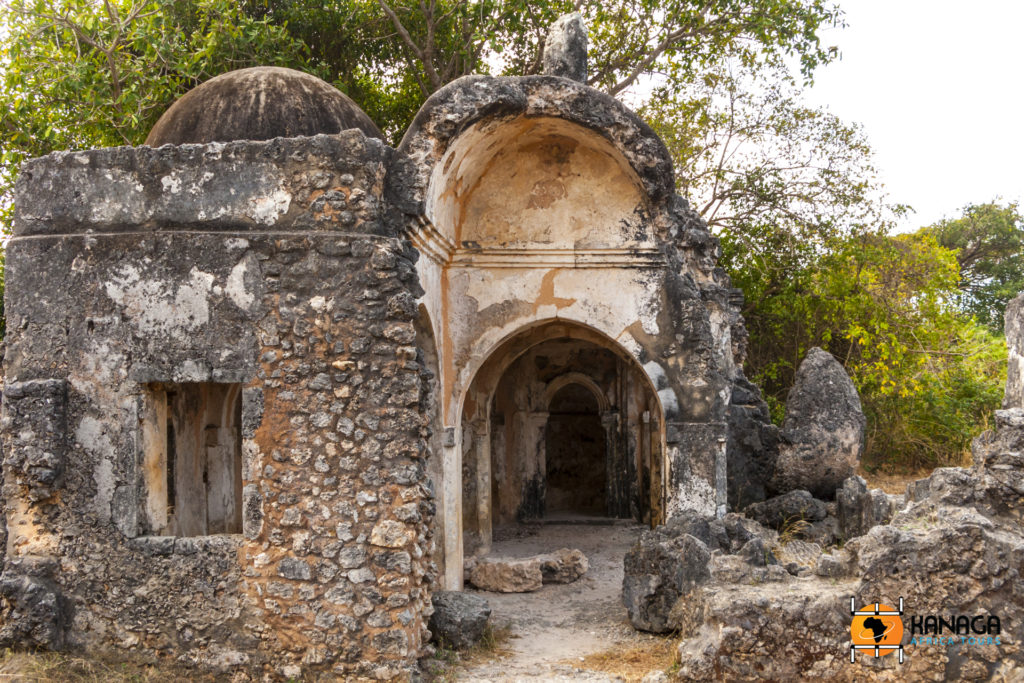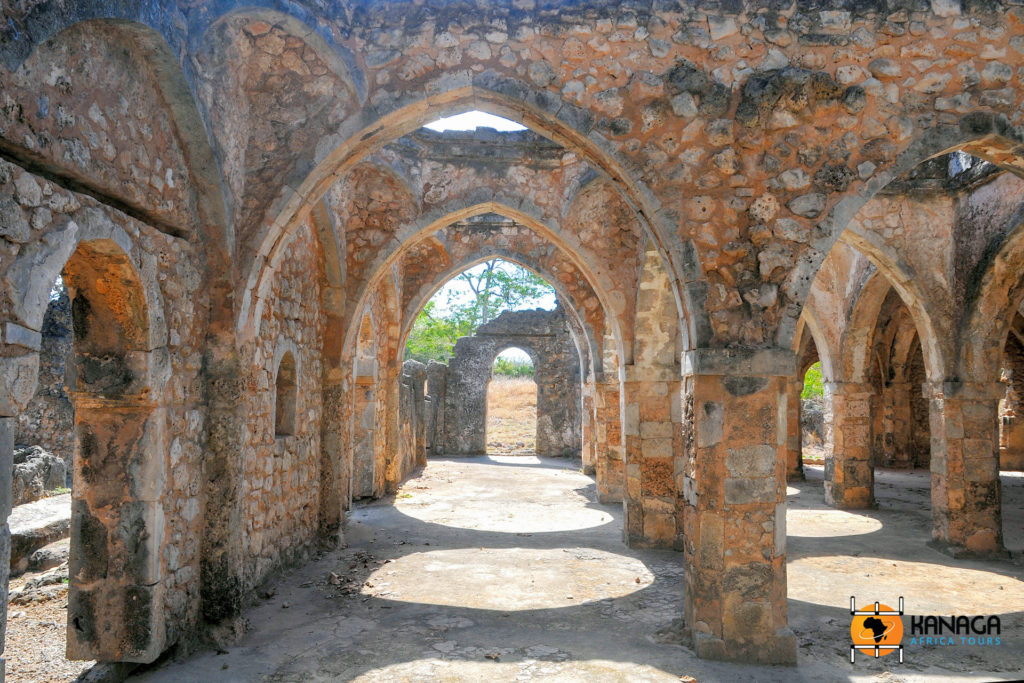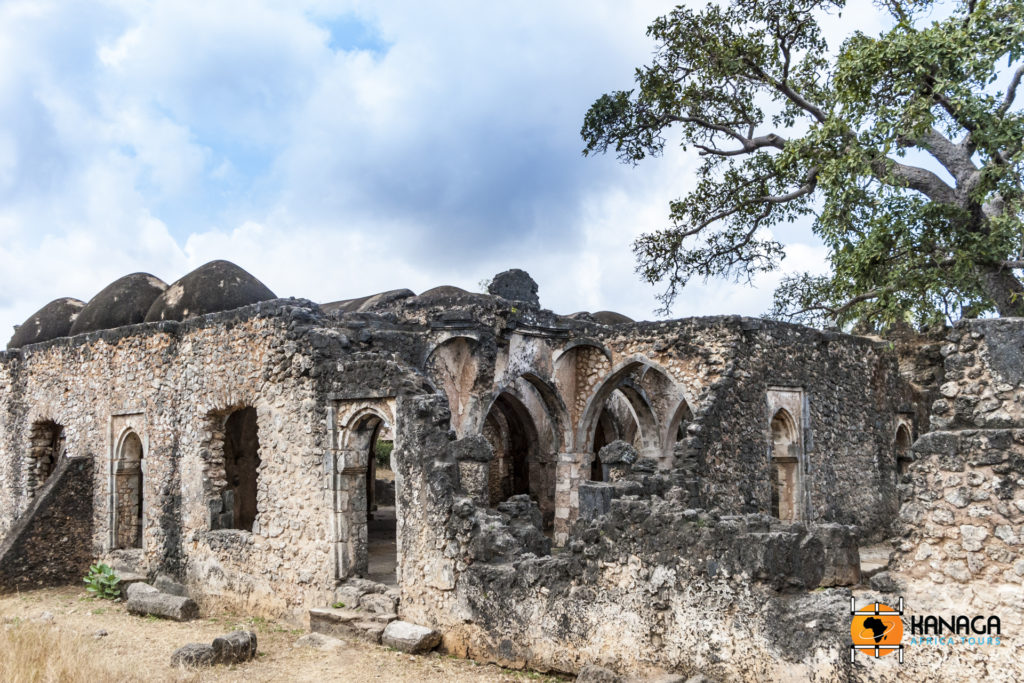A small island in southern Tanzania, separated from the mainland by just 3 km, Kilwa Kisiwani preserves some of the oldest evidence of the important history that has encompassed Tanzania’s coastline for more than a millennium. Its remains, declared a UNESCO World Heritage Site, together with those of nearby Songo Mnara Island, are a veritable architectural and archaeological treasure, a historical document that is now in ruins, but is trying to be revived thanks to the goodwill of its inhabitants, skilled maintainers, and the legends of its glorious past.
Founded between the 9th and 11th centuries by Arab merchants, Kilwa Kisiwani reached its zenith during the Persian Shirazi period, around the 13th and 14th centuries, becoming one of the most prosperous trading ports between Africa, the Middle East and the Indies, especially for the gold trade.
Control by the Portuguese in the 16th century, who took possession of Fort Gereza, still an imposing edifice that welcomes visitors to the beach, began its slow decline until it passed into the hands of the Omani sultans who controlled Zanzibar, which had become the epicentre of trade, and finally came under French, German and British military interference.
Today, Kilwa is a quiet little island of Swahili culture, reached by a short boutre crossing and inhabited by a thousand or so souls who make their living fishing and collecting coral stone at low tide.
All that remains of its former splendour are the vestiges of different eras, architectural testimonies of extraordinary historical value, among the oldest in East Africa, which recall the refinement and opulence with which the city was built, although today they are in a state of ruins and partly swallowed up by vegetation.
The Kilwa houses are still built entirely of coral stone bricks and lime obtained from the fusion of dead coral, the same technique that was used for the palaces and monuments of the past. It was here that the oldest mosque in East Africa appeared, in the 11th century and enlarged in the 13th, in the version in which it can be admired today, with its splendid barrel-vaulted roofs. The merchants, sheiks and sultans, with the wealth they accumulated through trade, built sumptuous and original palaces, with precious finishes and porcelain from China, such as the splendid and imposing 14th-century Husuni Kubwa Palace, which houses an exuberant octagonal pool in its courtyard. The ancient well, where the inhabitants of Kilwa get their daily supply of drinking water, is still in operation, as is the intact cemetery with dozens of tombs of sheikhs and sultans.
To the south of Kilwa Kisiwani, Songo Mnara Island was just as rich and powerful, as evidenced by the ruins of the elaborate residences built here in the late Middle Ages, now in alarming decay and declared an endangered heritage site by UNESCO in 2004.
But if Kilwa and Songo Mnara made their fortunes mainly from their monopoly on the gold trade, further north a much sadder but equally profitable trade enriched the Arab merchants who controlled the port of Bagamoyo, the slave trade port. Thousands of prisoners from the African hinterland passed through here in caravans bound for the eastern markets of the Arabian Peninsula and Persia. The first evidence of Arab presence dates back to the 13th century, while in the 16th century the monopoly passed into the hands of the Portuguese, until the 18th century, when the Omani sultanates took possession of the outpost, making the trade in ivory, salt and slaves flourish rapidly. The name of the city itself is linked to the slave trade, which in Swahili means ‘lay down your heart’.
Today, it is hard to believe that this quiet seaside town, which was briefly the colonial capital under German control, with its beautiful beaches and natural attractions, and its craftsmen specialising in the manufacture of dhows, would have had such a sad past, if it were not for its many vestiges to remind us, architectural documents that are inseparable from the historical memory of these places.







